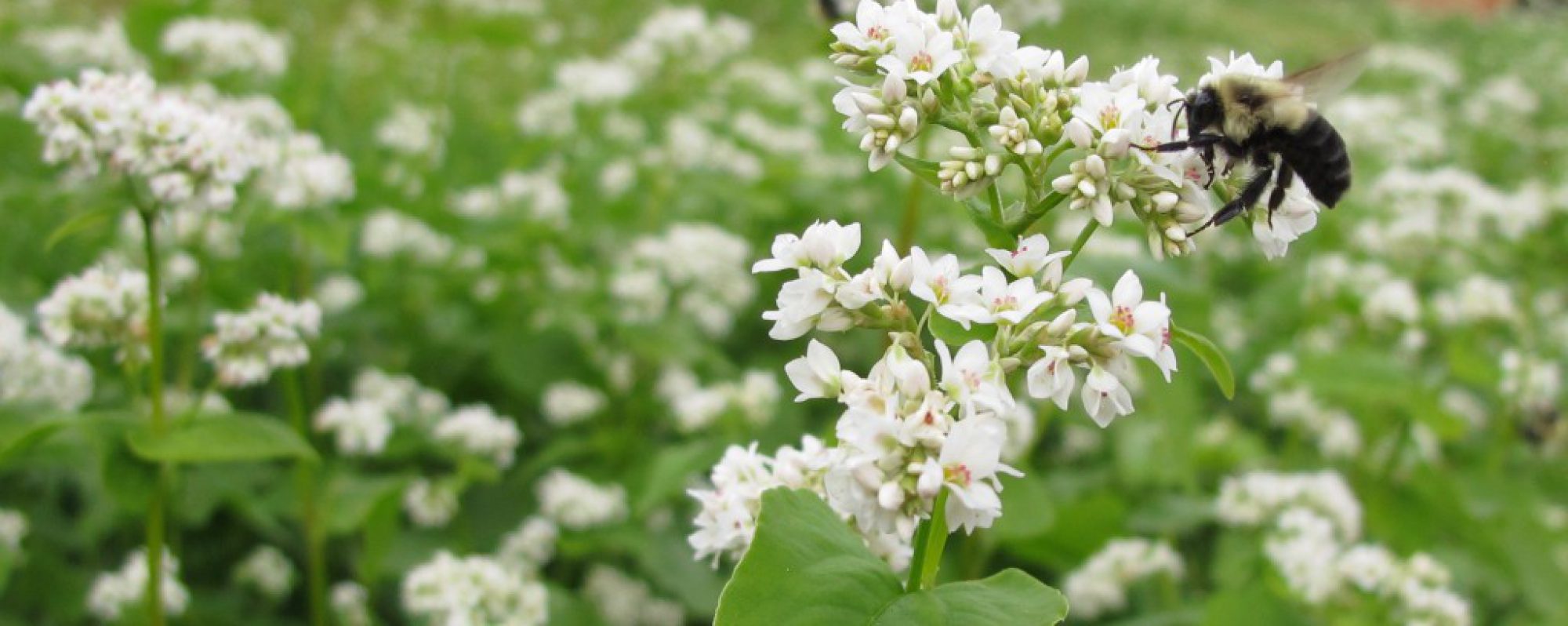The transition of fall color in North Georgia is probably the most beautiful time of the year to enjoy the outdoors. The show is so impressive that I have received calls from people with friends and family from out of state that plan their vacation to be here at the optimum time to enjoy the full color spectrum.
If you have a yard with trees, you know this narrow window of beauty does not come cheap. Those bronze leaves today will mean small mountains of dried, brown leaves in your yard in a few short weeks. While the hours of blowing, raking, and shredding leaves is good exercise, it is just that if you bag these leaves and put them to the curb to be picked up.
Leaves contain small amounts of trace minerals drawn up by the deep roots of trees. When added to your garden, these leaves will feed the soil, improve the habitat for earthworms, and help to lighten that heavy clay soil that we all struggle with. Here are a few ways to put leaves to work for you.
Start by shredding the leaves with a leaf shredder or running them over with a lawn mower. Shredding the leaves will help to speed up the decomposition by increasing the surface area. The increased surface area will allow more space for microbes to work and prevent the leaves from settling dense layers which decreases the space for air.
Start using those shredded leaves by insulating your tender plants with a 6 inch blanket of leaves. The extra insulation on fall veggies like carrots, beets, and kale should extend your harvest well past those first nights of freezing temperatures. Some perennials like lavender and scabiosa also do better with a good layer of leaves.
Once you’ve protected the plants that need it, you can charge up your compost pile. Dry leaves are a great carbon source to balance all the greener nitrogen rich material you’ve been adding all summer. The ideal ratio of carbon to nitrogen in your compost pile is about 25:1.
If you don’t have a compost pile, you can add them to your garden now. Simply mix them into the soil and by next spring, the earthworms and microbes will have done most of the work in breaking them down.
Another great way to use those leaves is to make leaf mold. Leaf mold is essentially compost without the nitrogen sources like vegetable scraps or grass clippings. Because it lacks the nitrogen source, leaf mold is more of a soil conditioner than a fertility amendment in our soil, but that doesn’t make it less valuable.
Leaf mold can be made in as little as six months with very little work. The first method can be done by piling the leaves in a heap or into a wire bin. The pile should be at least three feet wide and tall. A pile that is smaller than this may dry up too fast and not have the insulating ability needed to maintain the decomposition process. Thoroughly dampen the pile when you start and then make sure it keeps a moisture level equivalent to a damp sponge.
The second method requires keeping the leaves in large plastic bags. Fill the bags with leaves, moisten them a bit, tie the bag off, and then cut a couple holes in the side for air flow. Let it sit, checking it every month or two for moisture and to give the bag a shake or two to recharge the airflow. This method is great for the gardener who drives through neighborhoods to raid the bags of leaves on trash pick up days.
It should be noted that pecan and walnut leaves contain natural compounds that inhibit the growth of other plants, so be sure that leaves from these trees are thoroughly decomposed before adding them to your garden.
